If you’re planning on visiting Japan for around two weeks, you’re in the right place! This sample 14-day Japan itinerary includes a unique mix of the country’s best destinations, from Tokyo to Kyoto and beyond.
Of course, even if you’re traveling for more (or less) time, you can easily modify this sample trip – and make sure to see more of our Japan trips for additional travel inspiration!
Even for the most experienced travelers, planning a first or second trip to Japan can feel overwhelming at times. Apart from things like the language barrier and deciding when to visit, it can be hard to decide where to go with so many remarkable places to choose from.
Originally written in 2017, this post was updated and republished on April 30, 2019.
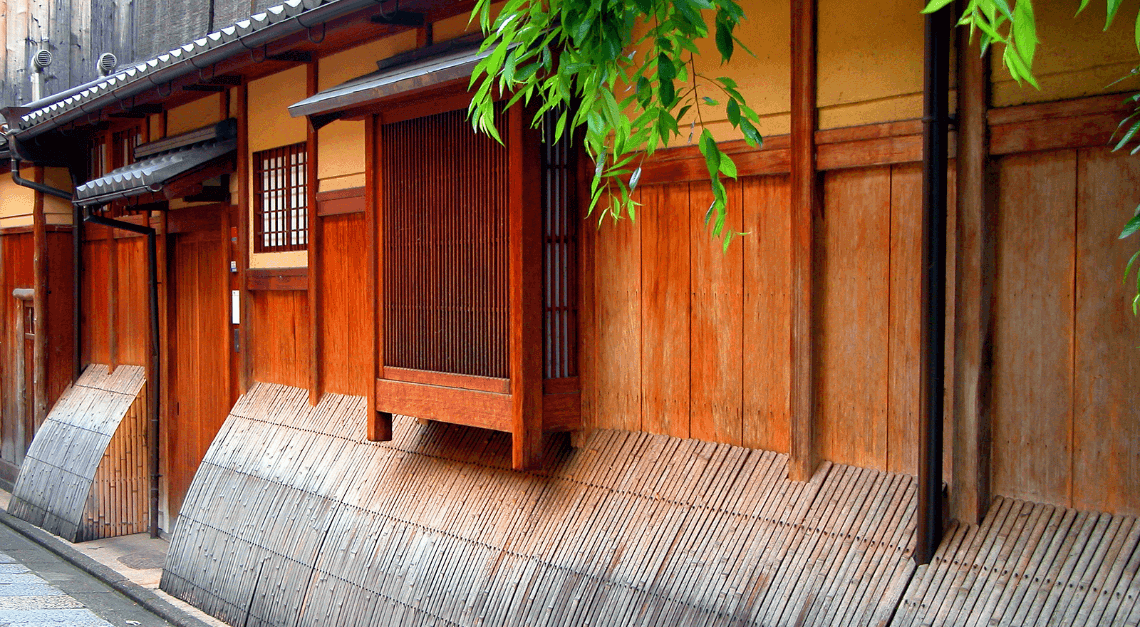
For the full experience (and context), we recommend reading the whole trip from start to finish. But if you can’t resist, feel free to click on the below to skip to a specific destination.
- Day 1. Tokyo’s lively Ebisu district
- Day 2. Omotesando and Aoyama
- Day 3. Ramen
- Day 4. Tsukiji Market
- Day 5. Kanazawa
- Day 6. The Japanese Alps or rugged Noto Peninsula
- Day 7. Kyoto
- Day 8. Nishiki Market
- Day 9. Osaka
- Day 10. Zen and Pottery
- Days 11 & 12. Naoshima and Teshima
- Day 13. The Izu Peninsula
- Day 14. Depart Japan
Is this itinerary perfect for you?
Possibly not. In our years of trip planning, we’ve found that every Japan traveler is different, with unique interests, priorities, and travel styles.
But we are confident that you’ll find this a perfect place to begin, and hope it provides you with inspiration for your Japan adventure, whether it’s a solo trip, a family vacation, or a honeymoon in Japan.
So, get ready for takeoff… we’re headed to Tokyo!

Day 1. Tokyo’s lively Ebisu district: An evening of food and drink at an authentic izakaya
Japanese food is reason enough to visit, but you don’t need to hit the high-end, Michelin-starred restaurants to have an amazing meal. Tokyo’s izakayas, or Japanese-style gastropubs, are the best way to experience authentic Japanese cuisine in a friendly, casual environment (think Japanese tapas).
Tokyo has a well-deserved reputation as a city that never sleeps. The nightlife in Tokyo is vibrant, eclectic, and unlike anywhere else on the planet.There are too many great Tokyo neighborhoods to name, and Ebisu is always one of our favorites. The hip and lively Ebisu district is brimming with cocktail bars, hole-in-the-wall restaurants, and boisterous izakayas. End the night at Bar Trench, or the rambunctious Ebisu Yokocho.
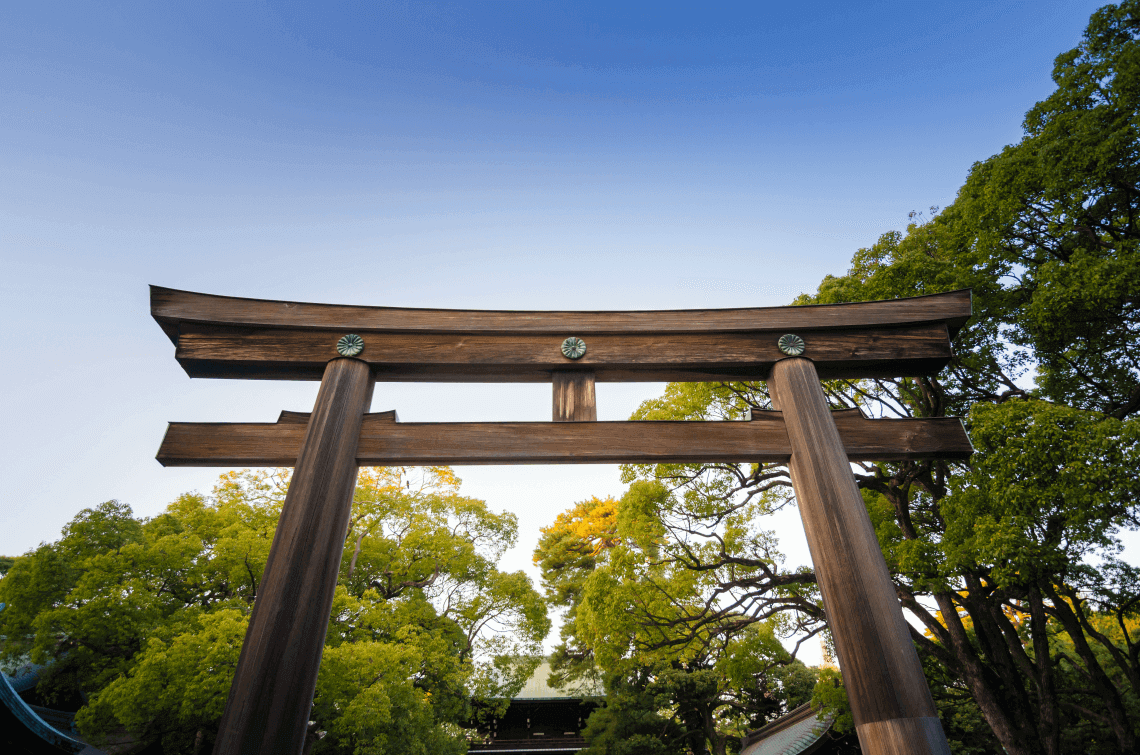
Day 2. Omotesando and Aoyama: Immerse yourself in fashion and design
Central Tokyo’s west side — where you’ll find notable neighborhoods such as Shibuya, Shinjuku, and Harajuku — is also home to many of the city’s most fashionable districts.
Begin at the serene Meiji Jingu shrine, then stroll through the colorful backstreets of Harajuku, a neighborhood known around the world for its outlandish fashions, vintage shops, and easy eats.
Wander down the Omotesando, a wide tree-lined boulevard featuring some of Tokyo’s most outstanding modern architecture. Then wander into Omotesando’s charming side streets, which are full of lovely boutiques and cafes.
Grab a snack at Commune 2nd, a stylish outdoor food court perfect for a cold beer, delicious street food, and some of the best people watching in the city. You’re in Aoyama now, home to many of the city’s most remarkable shops (Maison Kitsune, Issey Miyake, Miu Miu, Louboutin, and Hanae Mori have cutting-edge fashion outlets here). The stylish Aoyama is also a wonderful place to enjoy Japan’s coffee culture.

Day 3. Ramen: Learn to slurp like a pro on a private “ramen safari”
If you’ve been to New York or Melbourne lately (make that any great world city), chances are you’ve experienced just how glorious ramen can be. But if ramen makes you think of Momofuku Ando and instant ramen cup noodles, you’re in for a delightful surprise.
As far as popularity goes, ramen is the new sushi, inspiring the same passion in its enthusiasts, and a plethora of ramen shops around the world.
Of course, ramen in Japan is on a completely different level! To help immerse you in the delicious (and surprisingly fascinating) world of ramen in Tokyo, you’ll head out with a ramen expert who will take you to a couple of unique ramen shops, specializing in different varieties of ramen.
Learn how to order, how to customize your noodles and select toppings, and basic ramen etiquette – including how to slurp like a local.
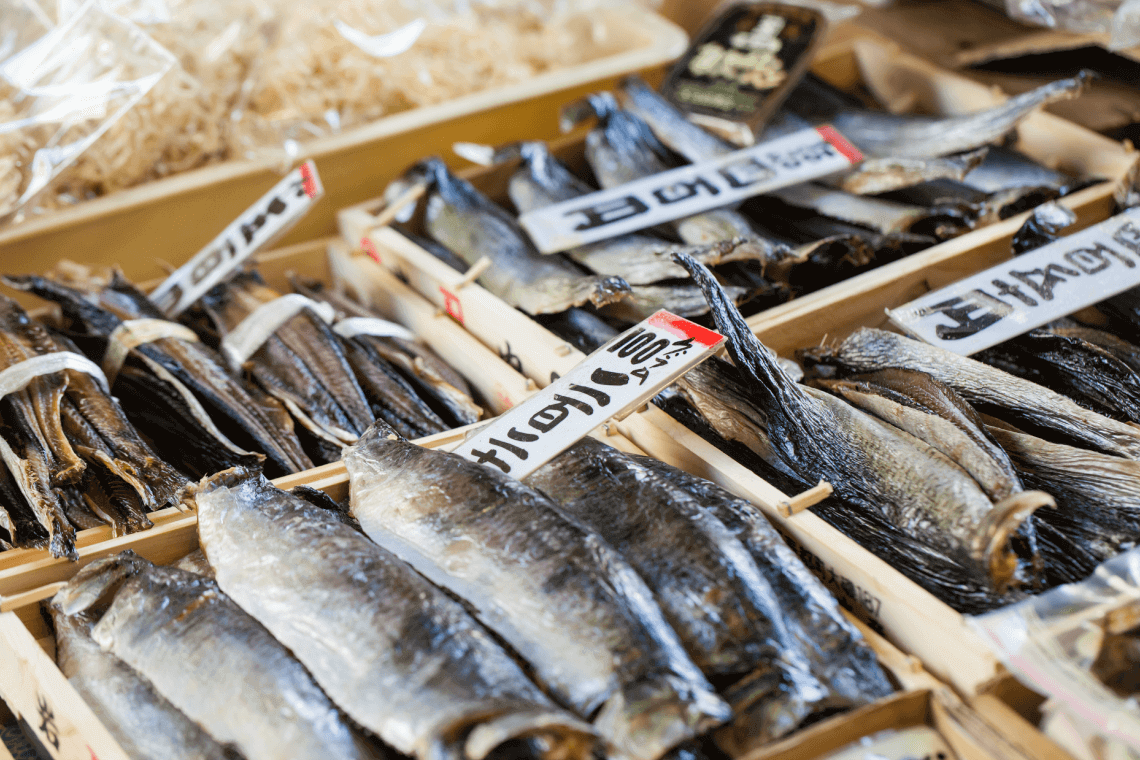
Day 4. Tsukiji Market: Still Tokyo’s best market
In 2018, the fish market’s wholesale operations moved from historic Tsukiji to the gleaming new Toyosu Fish Market.
But as anyone who has visited can attest, Toyosu is no match for Tsukiji when it comes to old-fashioned charm and atmosphere.
Even after the move, Tsukiji Market is one of Tokyo’s highlights, and you could easily spend a couple of hours wandering the market sampling mouthwatering Japanese street food, and shopping for knives and Japanese spices.
Find more ideas for your visit to Tokyo in our guide to One Day in Tokyo or our 25 Amazing Tokyo Sushi Restaurants.
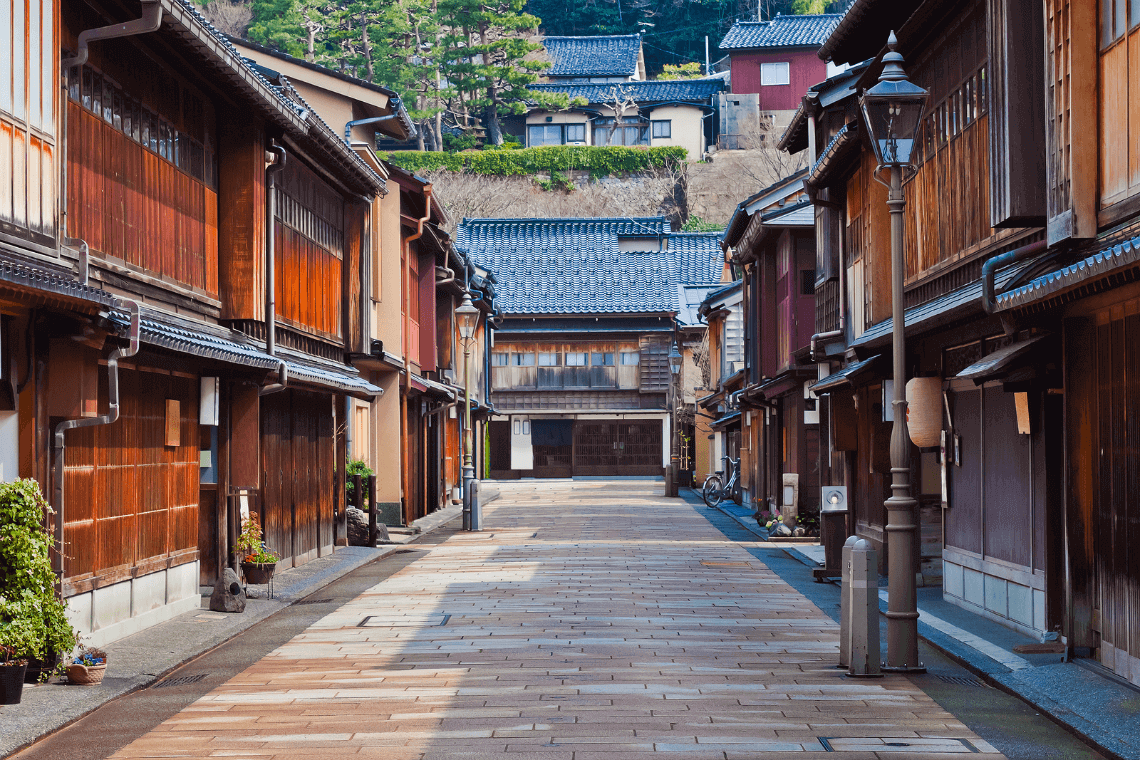
Day 5. Kanazawa: Incredible food and historical gems
Kanazawa is a lovely old city famed for its sushi and seafood (widely considered the best in Japan), traditional crafts, and impeccably well-preserved historical geisha and samurai districts.
Kanazawa is also home to one of Japan’s most famous gardens, Kenrokuen. In addition to all its highlights, part of the experience is getting here.
You’ll be taking Japan’s world-famous shinkansen (the bullet train), and you’re in for a special treat on this particular journey.
While most of Japan’s shinkansen offer only standard and first class, the Hokuriku Shinkansen, which connects Tokyo to Kanazawa, offers a special carriage known as Gran Class.
Be forewarned: a ride in Gran Class will spoil you! It is one of the most worthwhile train journeys in Japan, including outrageously comfortable seats, complimentary snacks and bento boxes, and — of course — free drinks, including beer, sake, Japanese whisky, and wine.
Day 6. Day trip to the Japanese Alps or rugged Noto Peninsula
Day six of your Japan itinerary allows you to spend another day exploring Kanazawa’s many highlights, or take a day trip to the mountains or the sea.
To the south of Kanazawa, deep in the Japanese Alps, you’ll find the historic town of Takayama, the UNESCO World Heritage villages of Shirakawago and Gokayama, and the off-the-beaten-path Hida-Furukawa.
To the north of Kanazawa is the rugged Noto Hanto (Noto Peninsula), renowned for its wild coastal scenery, remote onsen (hot springs), and the colorful Wajima Market, where you’ll find the region’s bounty of seafood and produce on display (including the wondrous Noto gelato).
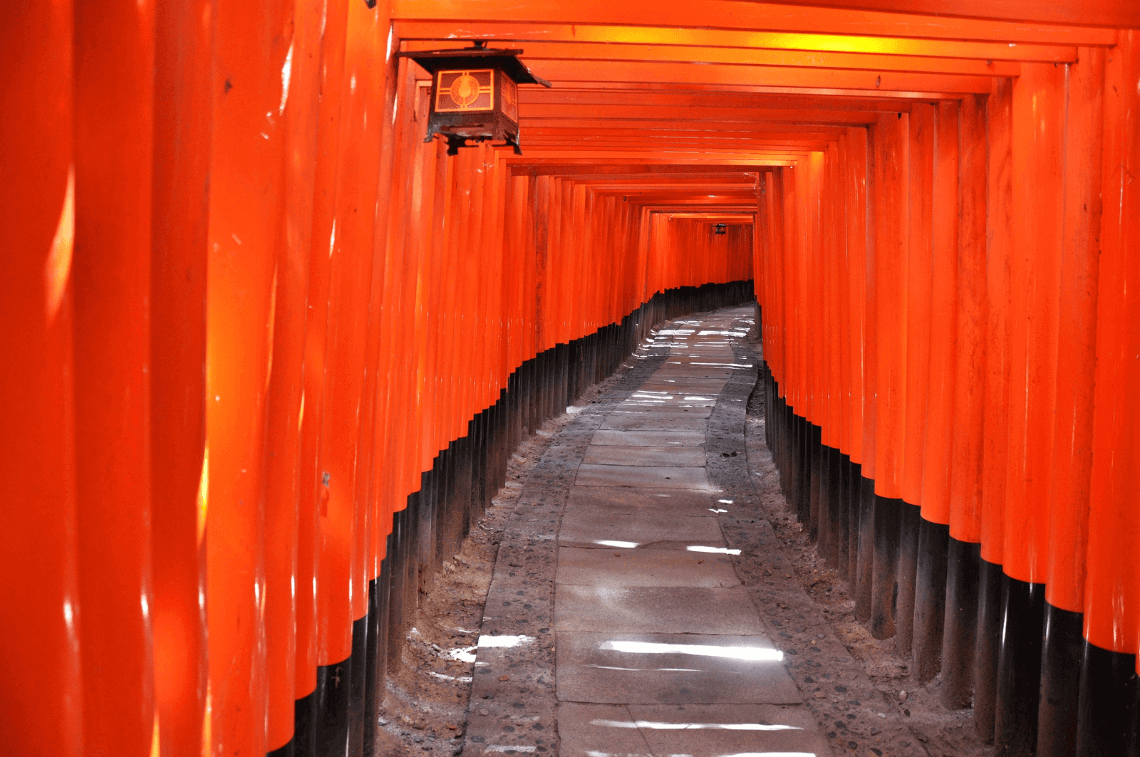
Day 7. Kyoto: Cycle — and eat — your way around the ancient capital
Kyoto was the capital of Japan for over a thousand years, and its cultural heritage is evident in every corner of the city – making it an essential destination on any Japan itinerary.
Kyoto is full of UNESCO World Heritage sites, though these days — with how popular the destination has become for visitors from around the world — it is often even more rewarding to explore Kyoto’s best off-the-beaten-path temples and shrines.
While also an excellent walking city, there is perhaps no better way to explore Kyoto than on two wheels.
Venture out on a private bicycle tour through Kyoto’s picturesque historical districts, winding through charming backstreets, and sampling Kyoto’s delectable cuisines along the way.
End at the iconic Fushimi Inari Taisha. While deservingly popular with travelers, the thousands of vermilion torii form one of the most memorable sights in all of Japan.
Day 8. Nishiki Market: Treat yourself to a once-in-a-lifetime culinary adventure
Nishiki Market got its start as a 14th century fish market, and today represents the epitome of Kyoto’s culinary abundance.
Fish, squid, vegetables, tea, pickles, and wagashi (traditional sweets) jostle for prominence in a gloriously colorful and crowded yet orderly array of vendor stalls.
Following your stroll through the market (make sure to enjoy some samples as you walk!), head for lunch at a tiny counter-only restaurant, where a detail-obsessed shokunin (master) painstakingly prepares locally-sourced ingredients – a culinary experience you won’t soon forget.
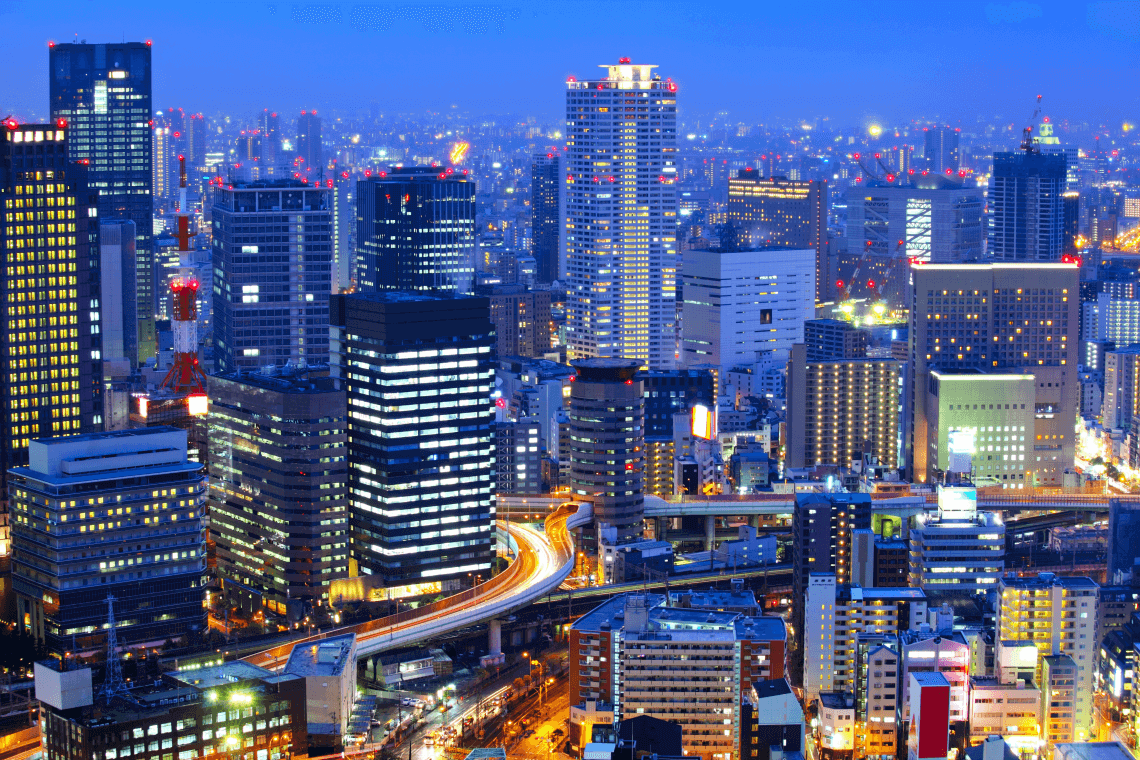
Day 9. Osaka: Immerse yourself in Japan’s most food-obsessed city
Speaking of food, there’s nowhere in Japan where the locals are more unabashedly passionate about eating than in the city of Osaka.
Just thirty miles from Kyoto, a short train ride away, Osaka can feel like a different planet – as anyone from Kyoto or Osaka would agree!
While the ancient capital is often considered more formal, the merchant city of Osaka seems to be all about fun. Japanese whisky distilleries can be lively places to tour, and Osaka’s outgoing people are not shy when it comes to their obsession with food – hence the infamous local term kuidaore, “to eat oneself to ruin.”
Fewer Clients, Richer Experiences
We live and breathe Japan, and want you to experience the Japan we know and love. If you’re as obsessed with the details as we are, chances are we will be a good fit.
Osaka’s food is a delectable mishmash of unique and addictive treats: takoyaki, golf ball-sized octopus fritters; okonomiyaki, savory pancakes stuffed with seafood, pork, and kimchi; and kushikatsu, deep-fried meats and veggies on a skewer (perfect with a cold beer); among so many others.
Osaka really comes alive at night, and tonight you’ll venture out on a private sake crawl, visiting amazing izakayas, and bars specializing in premium sake paired with tapas-style bites.
If you happen to be here in March, when the spring sumo basho (tournament) takes place in Osaka, you may even come across rikishi (sumo wrestlers) out and about on the town!
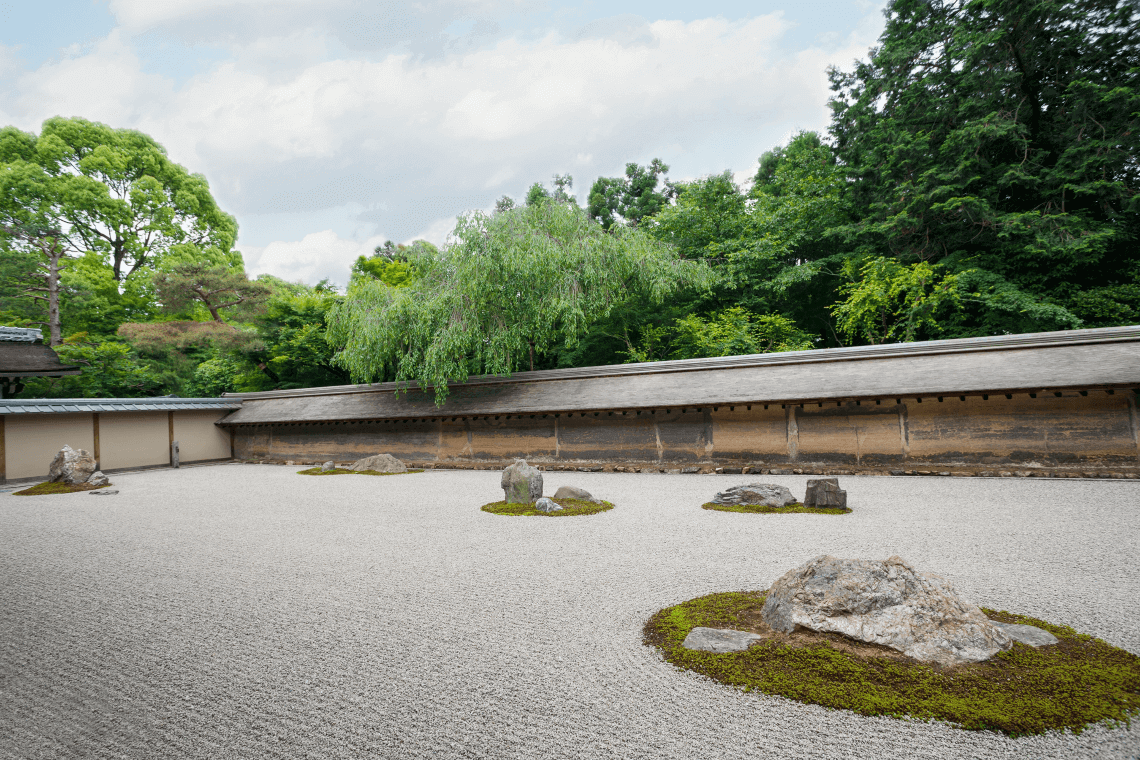
Day 10. Zen and Pottery: A day of tradition in Kyoto
After an evening out in Osaka, it’s always nice to enjoy a leisurely morning, and a relaxing coffee at one of Kyoto’s many excellent cafes.
After lunch, you’ll have the unique chance to visit a working Buddhist temple for a private session with an irreverent monk who will introduce you to Zen (minus the cliches) and lead you on a fluff-free meditation. Cap it off with a lovingly prepared cup of Japanese tea, which you can enjoy in peace in a tranquil Japanese-style room.
You’ll have a smooth transition from tea to sake via the beauty of Japanese pottery, new and old.
Meet a Japanese pottery expert for a primer on the history and aesthetics of Japanese pottery, while enjoying sake from meditation-worthy pieces.
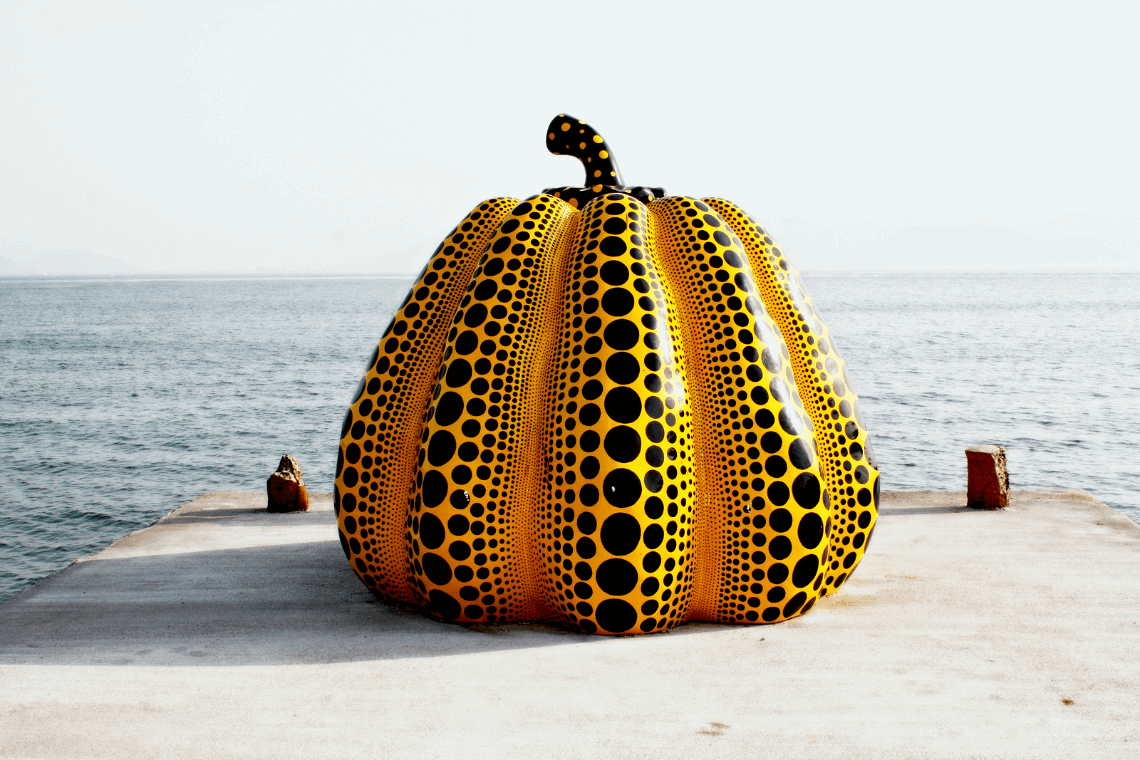
Days 11 & 12. Naoshima and Teshima: Art and architecture in the Inland Sea
The art island of Naoshima is a small, formerly remote island that has become one of the world’s most noteworthy art destinations.
Enjoy the natural beauty of the island-filled Inland Sea, quaint fishing villages, and stunning modern architecture that blends into the landscape.
The incredible Chichu Art Museum alone is worth the visit, but in addition to the island’s many art offerings, one of the highlights is a stay at the coveted Benesse House, which doubles as a museum and hotel.
Don’t miss the day trip from Naoshima to the neighboring art island of Teshima, home to — among other highlights — the breathtaking Teshima Art Museum.
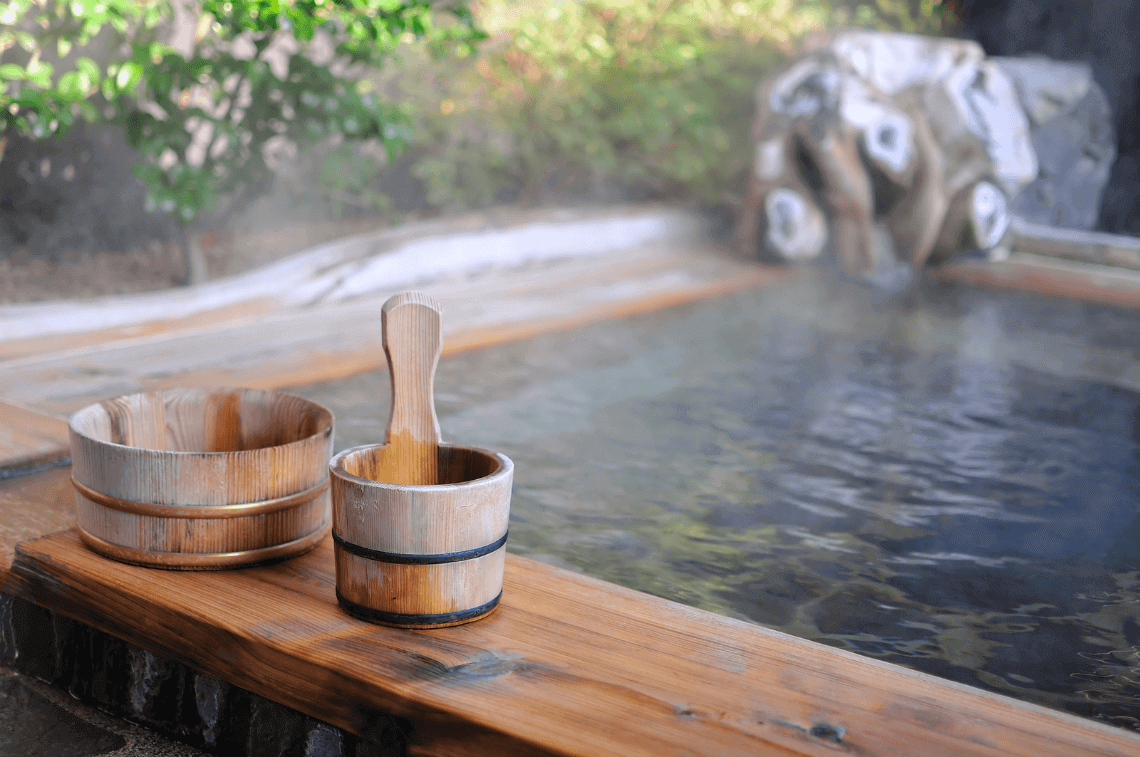
Day 13. The Izu Peninsula: Slow down at a luxurious traditional ryokan
As your Japan adventure begins to wind down, there is no better stop than a traditional ryokan (Japanese-style inn) with soothing onsen. Japan is blessed with more than its fair share of rejuvenating hot springs, and a wonderful culture of hospitality has arisen around them.
One of the best places to experience a luxury ryokan stay is in the Izu Peninsula (located within easy reach of Tokyo), home to pristine forests, rugged coastlines, and dozens of top-quality ryokans.
After a rejuvenating soak in the healing waters, put on your yukata (robe) and you’ll be treated to a lavish, multi-course kaiseki dinner. Enjoy a dreamy sleep before your return to Tokyo tomorrow.
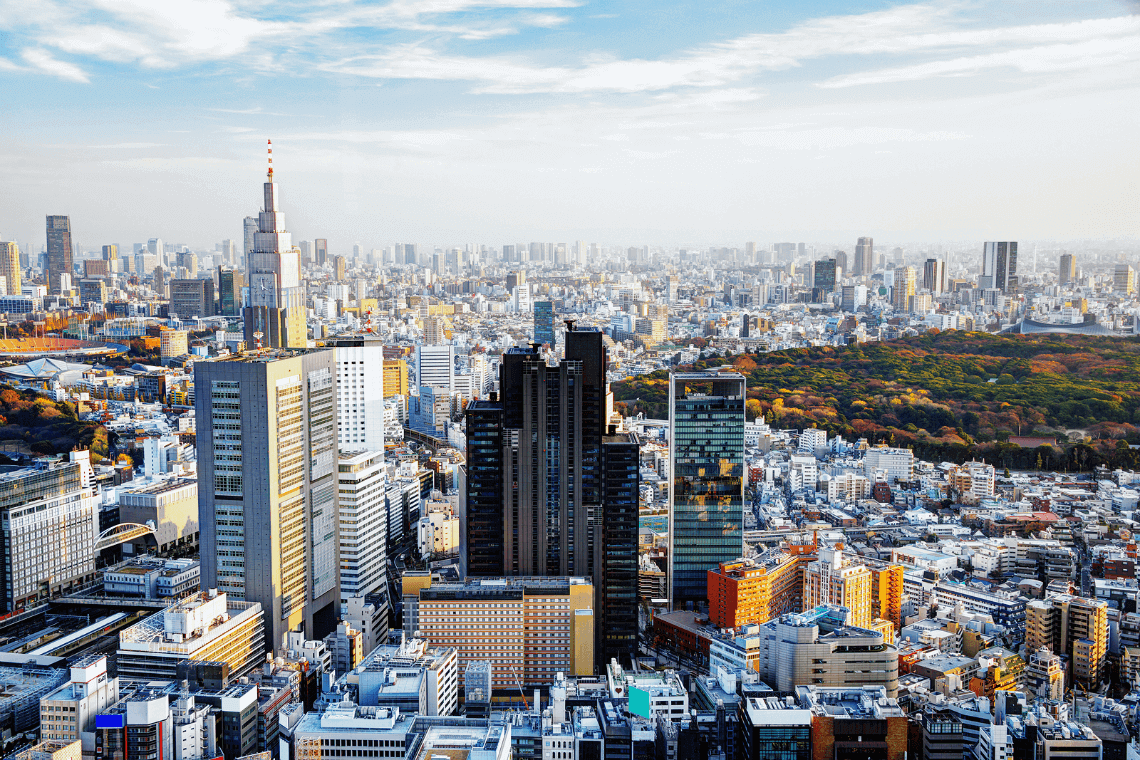
Day 14. Depart Japan
Begin your final day with an early-morning soak in the onsen, and an unforgettable Japanese-style breakfast.
Then it’s time for your easy and pleasant trip back to Tokyo, where you’ll spend your last few hours in Japan.
Enjoy one final stroll, and another meal, before it’s time to head to the airport.
Come back again soon! Arigatou gozaimashita!
Looking for more Japan itinerary ideas?
If you are looking to embark on a once-in-a-lifetime trip to Japan, we have resources that can help.
Start by checking out our sample travel itineraries and learning about our process of crafting customized trips for travelers seeking unique, authentic experiences.


